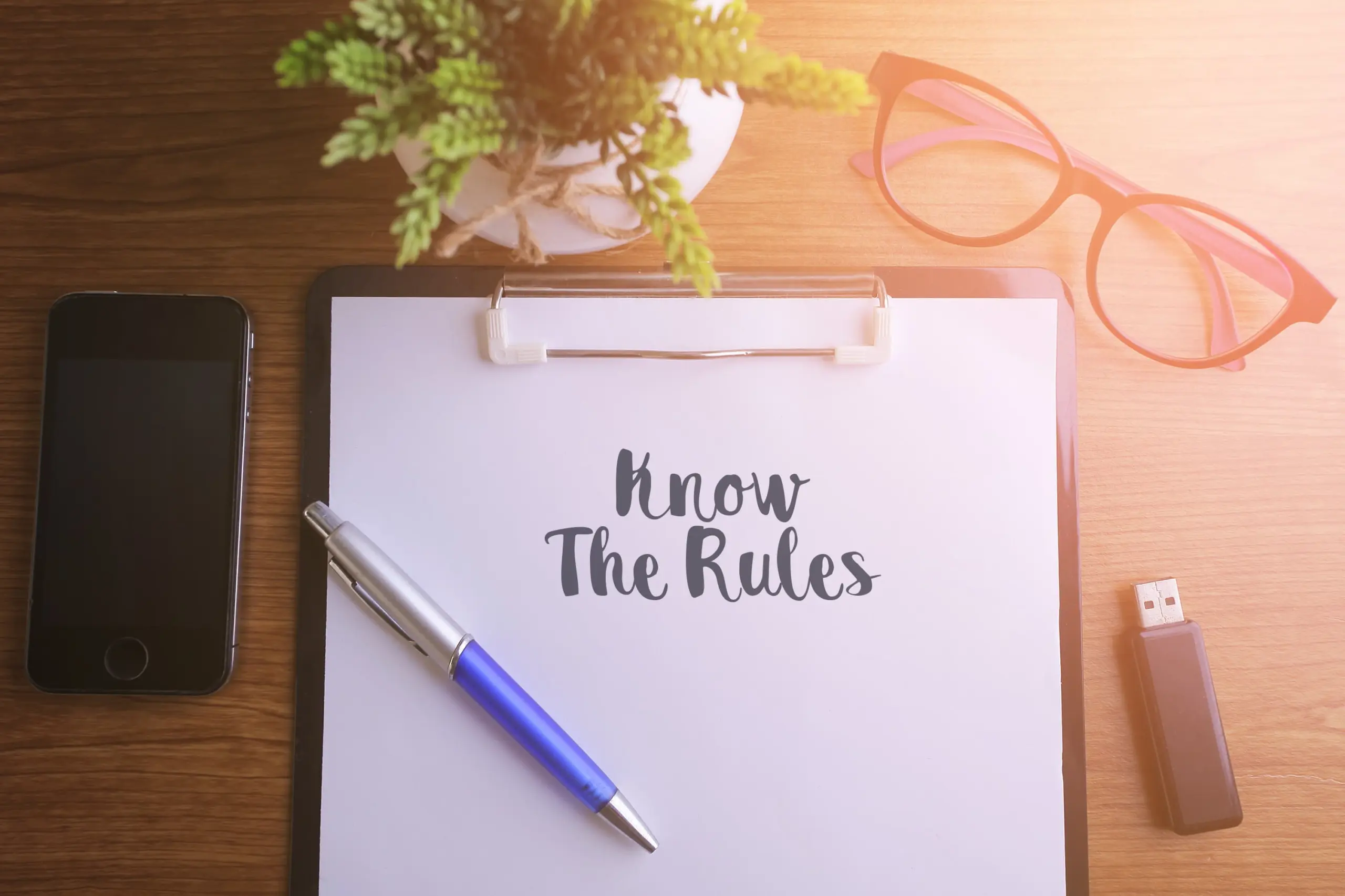How Social Media Is Impacting Teen Addiction
TL;DR: Social media teen addiction pressures show up as trends, quick access, and secrecy. This guide covers how platforms shape risk, the signs to watch, rules that hold, and when inpatient care fits.
The impact of social media teen addiction isn’t just about screen time—it’s about what teens see, who contacts them, and how fast risky behaviors can spread. Understanding these dynamics helps families respond early.
How Platforms Shape Risk
Trend amplification: challenges and “study aid” narratives normalize experimentation and misuse.
Access pathways: direct messages, disappearing content, and encrypted chats can facilitate offers or instructions.
Secrecy & concealment: alt accounts, hidden folders, and late-night scrolling erode sleep and accountability.
Digital & Offline Signs to Watch
Device patterns: new lock apps, rapid account switching, or sudden data spikes.
Behavior changes: irritability, isolation, or slipping grades tied to late-night use.
Physical cues: unusual packaging, vape scents, or pill fragments.
Family Rules That Actually Work
Clarity over control: short, specific rules beat complex monitoring. Examples: devices out of bedrooms at night; follow only verified school/club accounts; no unknown pills or “study aids.”
Ride & exit plans: teens keep their own ride/ride-share funds; a code word to leave unsafe situations without debate.
Micro-check-ins: 5-minute talks about stress, friends, and plans—no lectures, just steady connection.
When Inpatient Care Fits
If exposure turns into use, or safety is slipping, a structured environment can pause the cycle and rebuild routines. Deluxe Treatment Center is inpatient only; we address mental health when it co-occurs with substance use. Learn more at Deluxe Treatment Center or start a private conversation via Contact.
